UT-L 7-SEG B Click
R780.00 ex. VAT
UT-L 7-SEG B Click is a compact add-on board that presents an easy solution for adding a numeric or hexadecimal display to your application. This board features two blue JSS-5611BUB-21s, ultra-thin single-digit numeric displays from Ningbo Junsheng Electronics. The displays are medium (0.56 inches in height) and can display letters, numbers, and symbols in a highly readable form. The host MCU can control the light intensity of the red segments of the display. This Click board™ makes the perfect solution for the development of many applications requiring a visible display or others that display numerical/textual information.
UT-L 7-SEG B Click is fully compatible with the mikroBUS™ socket and can be used on any host system supporting the mikroBUS™ standard. It comes with the mikroSDK open-source libraries, offering unparalleled flexibility for evaluation and customization. What sets this Click board™ apart is the groundbreaking ClickID feature, enabling your host system to seamlessly and automatically detect and identify this add-on board.
Stock: Lead-time applicable.
| 5+ | R741.00 |
| 10+ | R702.00 |
| 15+ | R663.00 |
| 20+ | R638.04 |

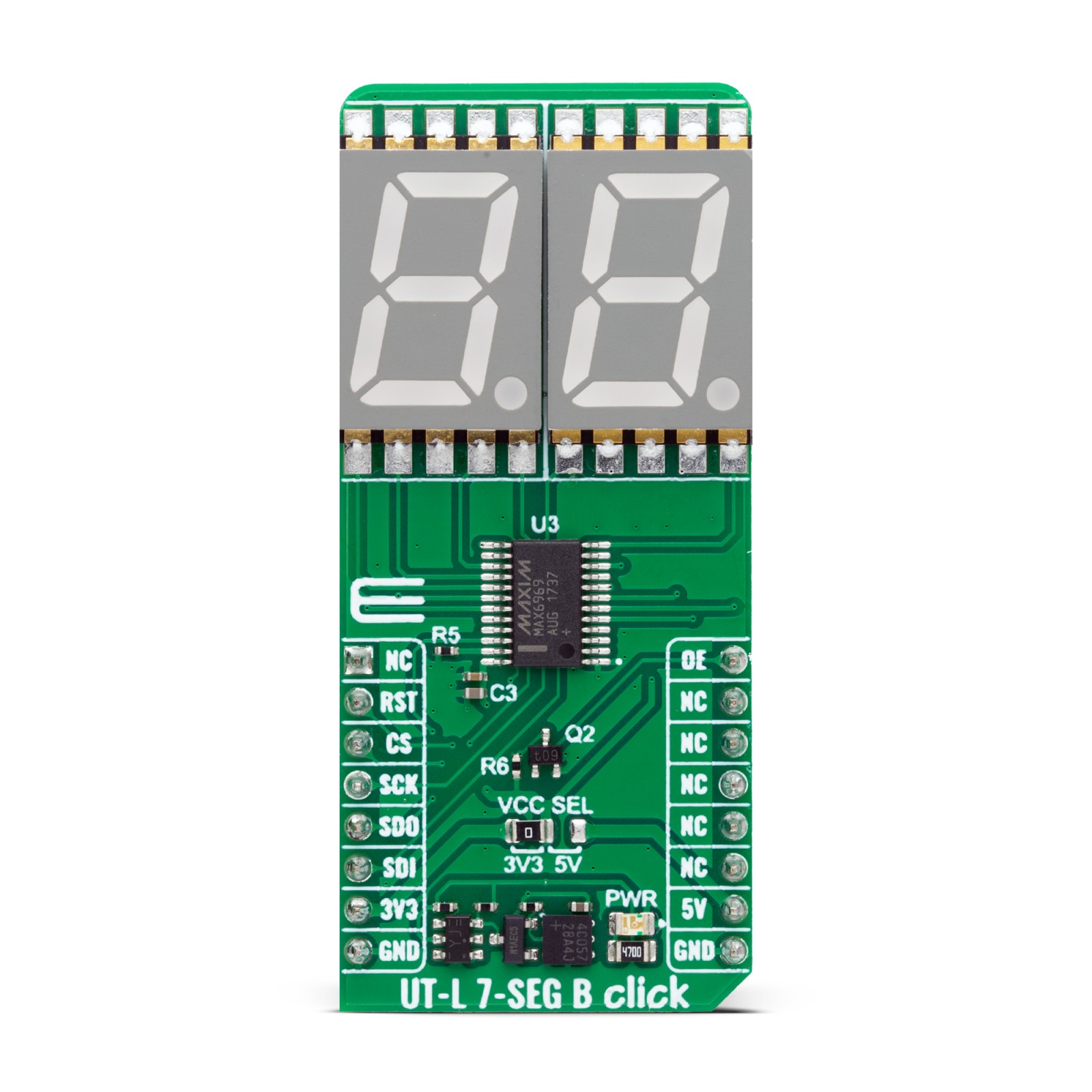

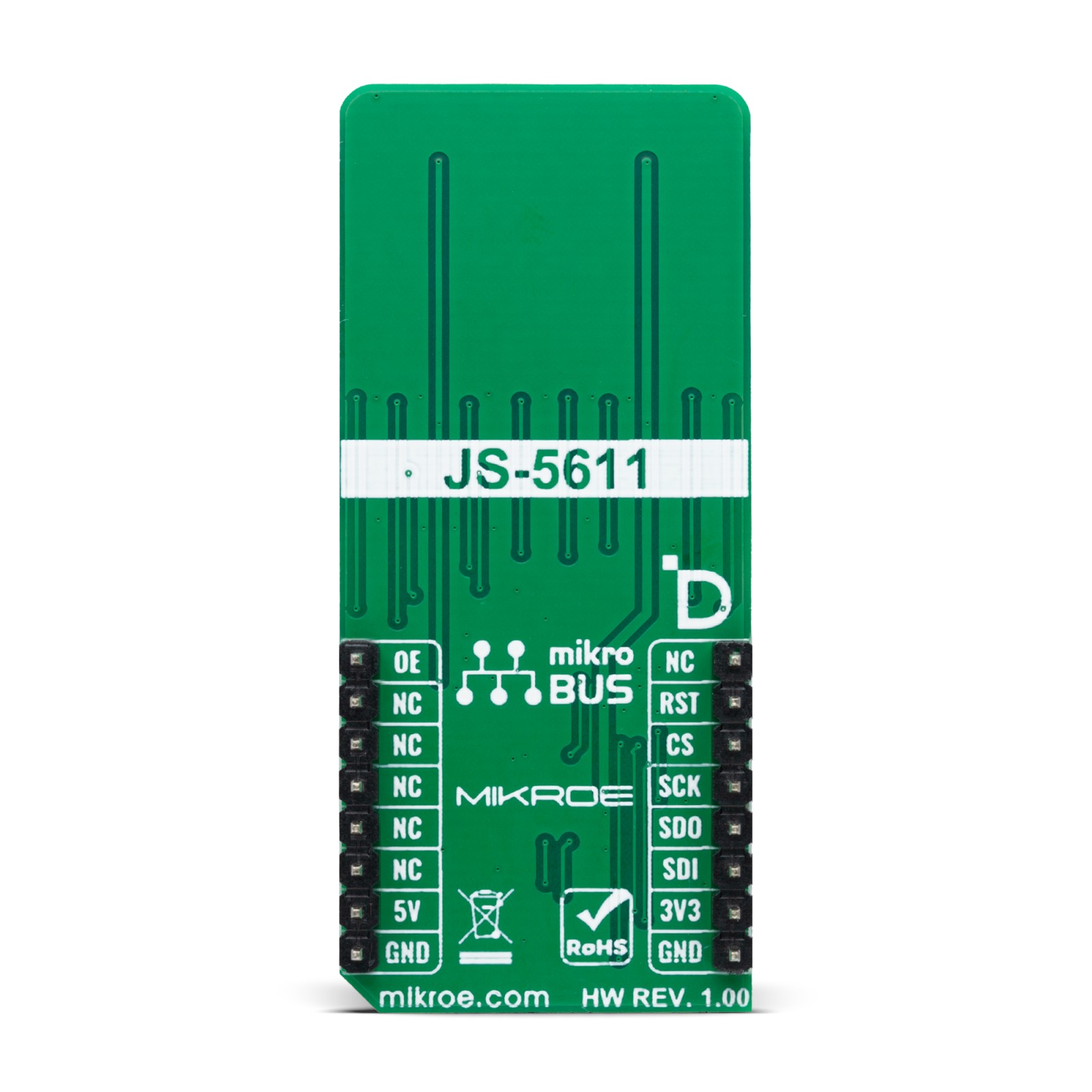
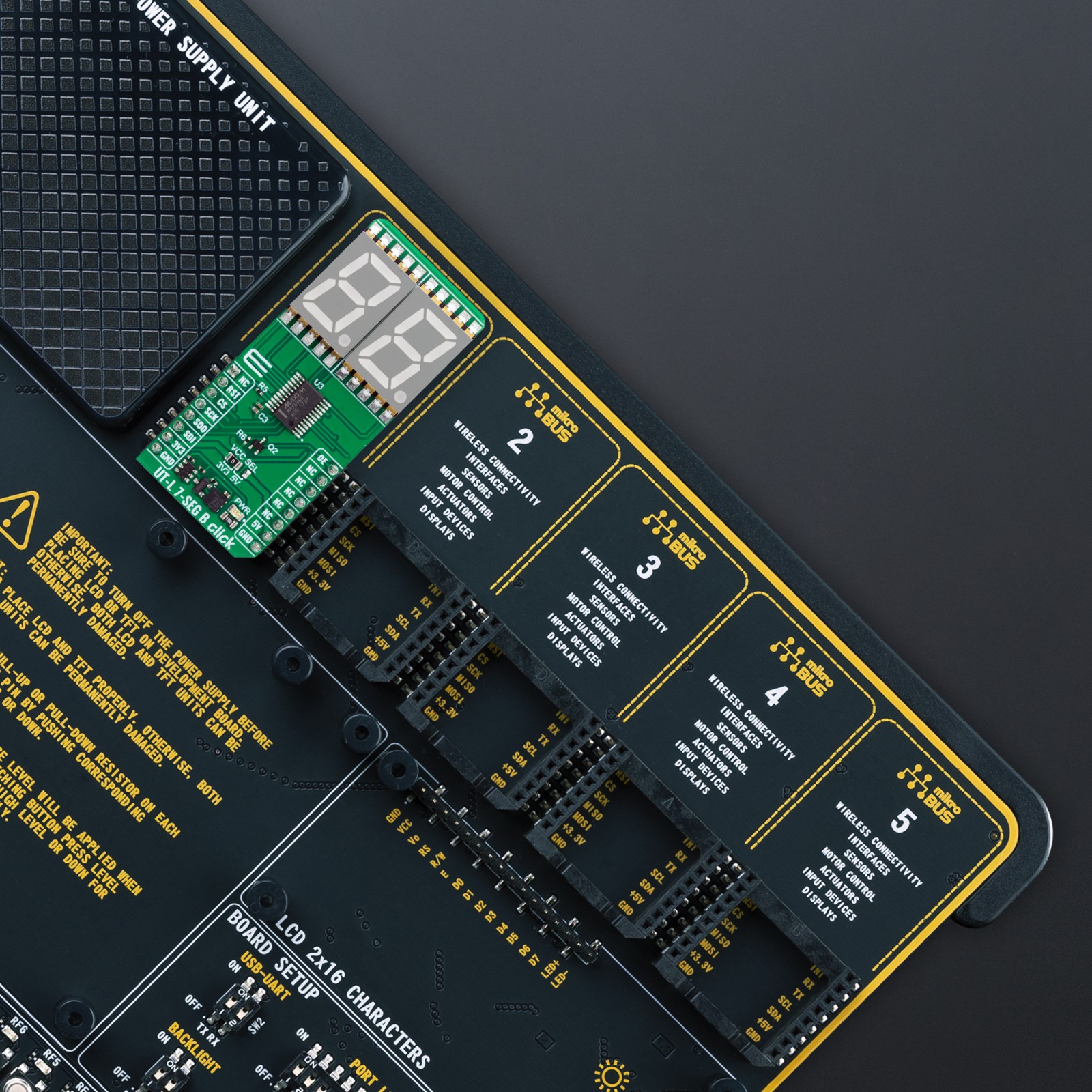



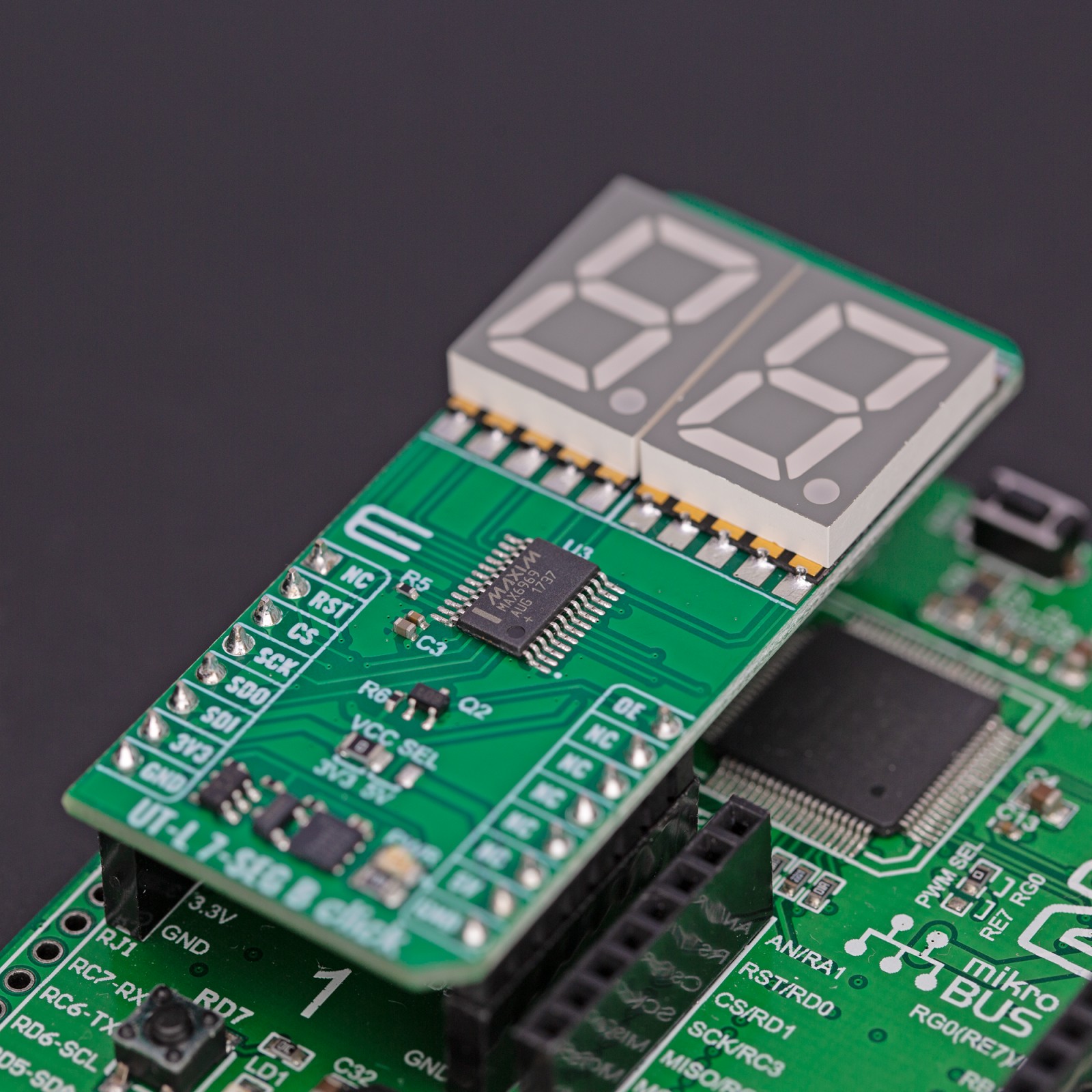
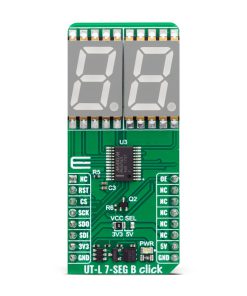
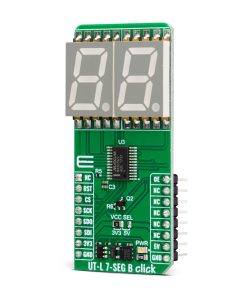
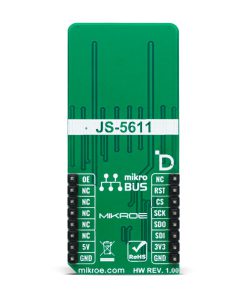
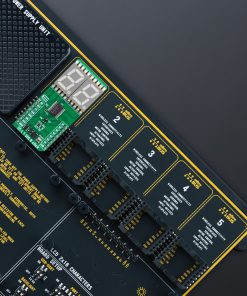
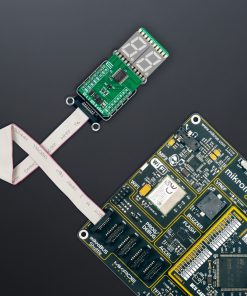
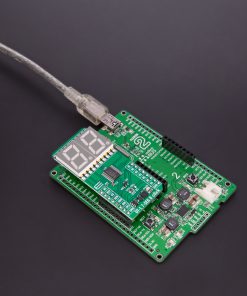
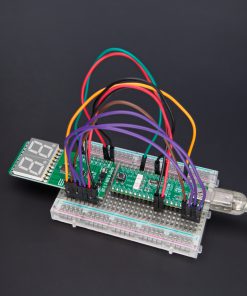
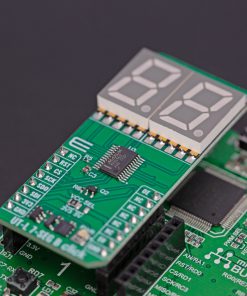
.jpg)








